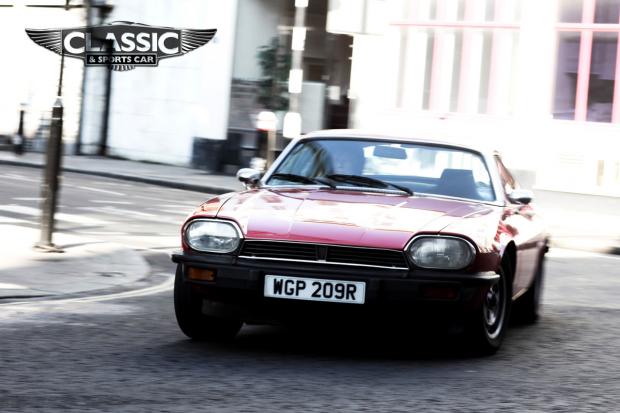
So asks Martin Buckley, long one of the overlooked Jaguar GT's detractors, after a day in a rare early manual.
Even as a nine-year-old boy, I harboured deep reservations about the Jaguar XJ-S. I fully acknowledged its capabilities, but couldn’t reconcile its styling with what I expected a Jaguar to look like, at least in print. The trouble was, it didn’t look any better in the metal: when I saw my first live XJ-S close-up, I remember being impressed but not thrilled by the shape. It was wide and squat, vaguely ‘continental’ and obviously fast, but looked like an attempt to build a corporate Leyland supercar for the ’70s, rather than a replacement for the E-type. No matter how much Jaguar tried to distance itself from its parent firm, the XJ-S seemed, to me at least, very much a part of that British Leyland regime and all of its industrial headaches. It’s telling that it came out in 1975, the year an independent Jaguar board was abolished under BL.

As a company, Jaguar already had National Treasure status and great things were expected, but the XJ-S was probably the first car that the firm had built for a long time that was not universally fêted by press and public alike. Yet in so many respects there was nothing to touch it as a refined, high-speed express. Powered by a fuel-injected 5.3-litre V12 (widely acknowledged to be among the world’s finest production engines), the XJ-S brought new standards of civility and quietness to its class. It was an almost bemusing combination of qualities, unique in the world of two-door luxury GTs. Here was an awkward-looking coupé that handled better than an E-type, went as well as most Ferraris and rode with the quiet aplomb of a Rolls-Royce. The American journalist Patrick Bedard summed it up best when he wrote in Car and Driver in 1976: ‘The XJ-S is a dark and mysterious product of England’s tortured auto industry, fantastically over-qualified for today’s driving conditions.’







